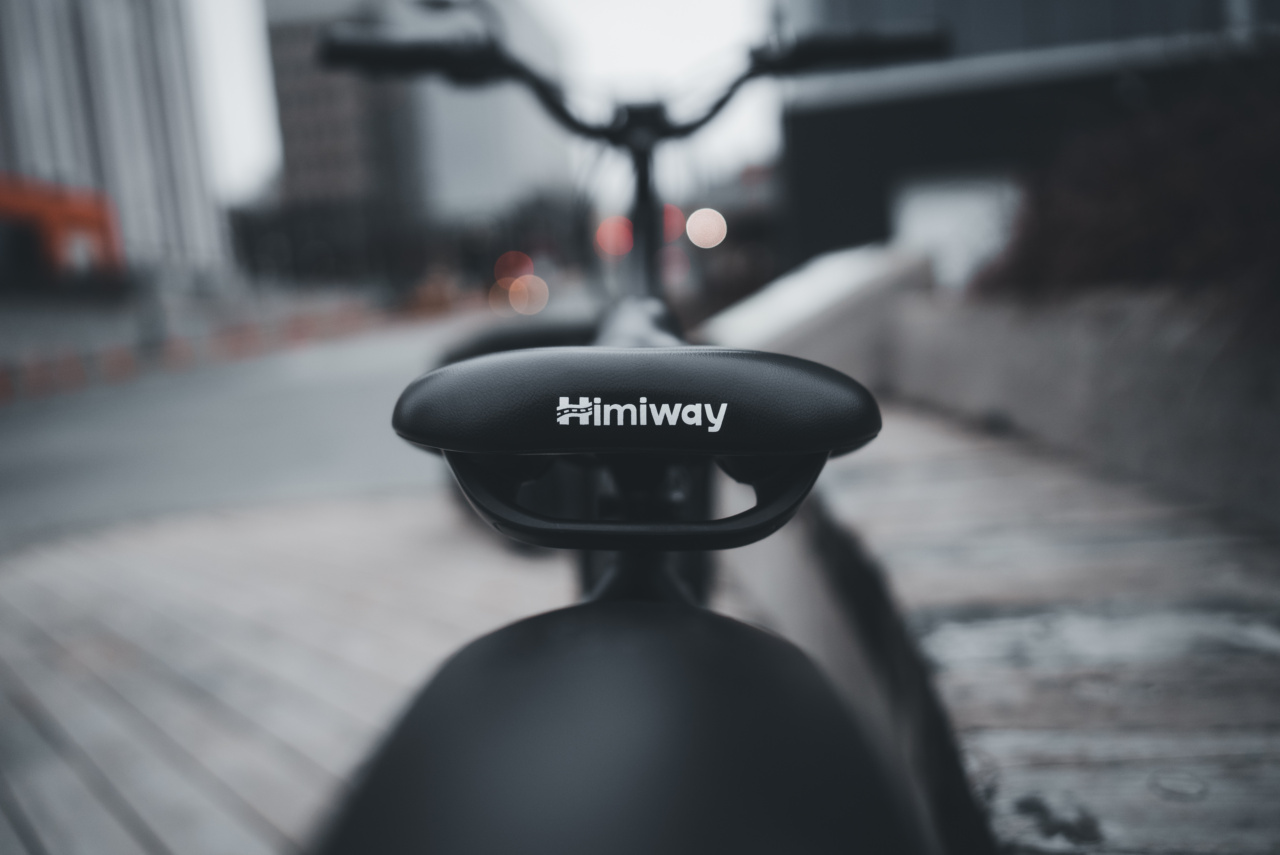Riding a bike is fun, healthy and great for the environment. However, cyclists are all too aware of the painful side effects that come with spending long hours on the saddle.
Chafing
Chafing is one of the most common problems for cyclists. Caused by friction between the skin and clothing, it can result in painful sores and blisters.
One of the best ways to prevent chafing is to wear padded shorts which provide some cushioning and can help to reduce the amount of rubbing between skin and clothing. Applying a lubricant such as Vaseline can also help to reduce the friction.
Saddle Sores
Saddle sores are a type of skin irritation that can be caused by excessive pressure on the perineum (the area between the anus and genitalia).
The discomfort can range from minor irritation to severe pain and can be exacerbated by sweating, heat and friction. The best way to prevent saddle sores is to invest in a well-fitting saddle and to ensure that it is positioned correctly and angled to suit your body shape and riding style.
Wearing clean, breathable clothing can also help to reduce the risk of irritation.
Numbness
Many cyclists experience numbness or tingling in their hands or feet after spending extended periods on the bike.
This is often caused by pressure on the nerves in the hands or feet, which can be exacerbated by poor bike fit and incorrect riding position. Regular breaks and stretching exercises can help to alleviate numbness and tingling, as can improving your bike fit.
Neck and Shoulder Pain
Neck and shoulder pain is a common problem among cyclists, particularly those who spend long hours on their bikes or who have poor posture.
The leaning position of road bikes can put a lot of strain on the neck and shoulders, while mountain bikers may find themselves tensing their shoulders in response to rough terrain. To prevent neck and shoulder pain, it is important to maintain good posture, take regular breaks and stretch out your neck and shoulder muscles before and after riding.
Foot Pain
Foot pain is another common issue for cyclists, particularly those who wear ill-fitting shoes or have flat feet.
The repetitive motion of pedaling can cause pain and inflammation in the feet and toes, while tight shoes can restrict blood flow and exacerbate the problem. Investing in comfortable cycling shoes with good arch support can help to reduce the risk of foot pain, while taking regular breaks and stretching out your feet and toes can also be beneficial.
Lower Back Pain
Lower back pain is a common problem for cyclists, particularly those who have poor posture or who spend long hours on the bike.
The forward-leaning position of road bikes can put a lot of pressure on the lower back, while mountain bikers may find themselves twisting and turning their bodies in response to rough terrain. To prevent lower back pain, it is important to maintain good posture, ensure that your bike fits correctly and take regular breaks to stretch out your back muscles.
Eye Strain
Eye strain is a less common but still significant issue for cyclists, particularly those who spend long hours riding in bright sunlight or who wear tinted glasses.
The constant focus on the road ahead can cause eye strain and fatigue, which can result in headaches and blurred vision. To prevent eye strain, it is important to wear sunglasses or other protective eyewear in bright sunlight, and to take regular breaks to look away from the road and rest your eyes.
Dehydration
Dehydration is a significant problem for cyclists, particularly in hot weather or on long rides. Sweating and increased heart rate can cause the body to lose large amounts of water and electrolytes, which can result in cramping, fatigue and nausea.
To prevent dehydration, it is important to drink plenty of water before, during and after your ride, and to replenish electrolytes lost through sweating by drinking sports drinks or eating salty snacks.
Fatigue
Fatigue is a common problem for cyclists, particularly those who spend long hours on the bike or who ride in difficult terrain. The constant pedaling and exertion can wear down the body and result in exhaustion and reduced performance.
To prevent fatigue, it is important to take regular breaks and to eat nutritious snacks throughout your ride to maintain energy levels. Stretching exercises and massage can also help to reduce muscle fatigue and soreness.
Saddle Pain
Finally, the pain associated with the saddle itself is a problem that most cyclists are all too aware of. A poorly-fitting saddle or one that is too hard or too soft can result in pain and discomfort, particularly on longer rides.
The best way to prevent saddle pain is to invest in a high-quality saddle that is suited to your body shape and riding style, and to ensure that it is positioned correctly and at the right angle.



























